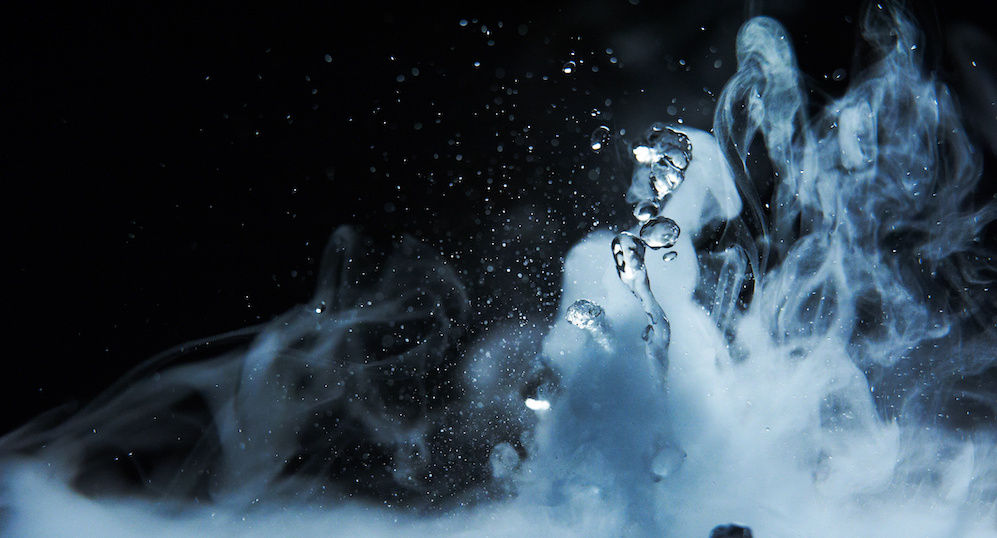Chilled Mirror Hygrometry, a Technology for Process and Lab - Part 2
Part 2: Chilled Mirror Hygrometry (CMH)
The humidity content of a gas is a critical measurement and control parameter in many industrial processes and laboratory operations. This is because of the anomalous phase and chemical behavior of water in that it has an unusually high boiling and melting point for its molecular mass, as well as its ability to chemically react with key industrial gases, generating acids and bases such as hydrogen chloride, hydrogen fluoride, ammonia, carbon dioxide, nitrogen dioxide, hydrogen sulfide, sulfur dioxide, and sulfur trioxide. This behavior can lead to mechanical and corrosional damage to process equipment, and alteration of chemical process parameters with the attendant loss of production quality and throughout.
There are various technologies available to measure the humidity or water vapor content of gases. They fall into two general categories. The first measures the inherent physical properties of water like optical extinction coefficient, electrolysis current, and saturated water vapor temperature. Examples of such technologies include spectroscopy such as TLDAS and CRDAS, coulometry using phosphorous pentoxide and optical chilled mirror, respectively.
The second type of technology measures the reversible interaction of water vapor with a hygroscopic material followed by the change in the bulk electrical or other property. This type of technology is not readily traceable because the hygroscopic material is subject to changes causing a broken chain of measurements, with its associated uncertainties. Examples include polymer humidity sensors and oxide humidity sensors, for example, aluminum oxide and silicon oxide. These humidity sensors have the advantage of relatively lower cost and can therefore be deployed at multiple locations along the process line, which is a distinct advantage when process lines are long with many valves and supply ports typically found in electronic fabs, and industrial and natural gas facilities.
Of the fundamental measuring means, chilled mirror hygrometry (CMH) is the most versatile owing to its exceptionally large dynamic range of measurement, for instance 0.1 parts per million water vapor by volume, to over 100,000 parts per million water vapor by volume, high accuracy, ease of maintenance, and ability to operate over a wide temperature range. The various definitions of humidity are described below; all of them can be calculated from the measured dew/frost point temperature.
The humidity content of a gas is a critical measurement and control parameter in many industrial processes and laboratory operations. This is because of the anomalous phase and chemical behavior of water in that it has an unusually high boiling and melting point for its molecular mass, as well as its ability to chemically react with key industrial gases, generating acids and bases such as hydrogen chloride, hydrogen fluoride, ammonia, carbon dioxide, nitrogen dioxide, hydrogen sulfide, sulfur dioxide, and sulfur trioxide. This behavior can lead to mechanical and corrosional damage to process equipment, and alteration of chemical process parameters with the attendant loss of production quality and throughout.
There are various technologies available to measure the humidity or water vapor content of gases. They fall into two general categories. The first measures the inherent physical properties of water like optical extinction coefficient, electrolysis current, and saturated water vapor temperature. Examples of such technologies include spectroscopy such as TLDAS and CRDAS, coulometry using phosphorous pentoxide and optical chilled mirror, respectively.
The second type of technology measures the reversible interaction of water vapor with a hygroscopic material followed by the change in the bulk electrical or other property. This type of technology is not readily traceable because the hygroscopic material is subject to changes causing a broken chain of measurements, with its associated uncertainties. Examples include polymer humidity sensors and oxide humidity sensors, for example, aluminum oxide and silicon oxide. These humidity sensors have the advantage of relatively lower cost and can therefore be deployed at multiple locations along the process line, which is a distinct advantage when process lines are long with many valves and supply ports typically found in electronic fabs, and industrial and natural gas facilities.
Of the fundamental measuring means, chilled mirror hygrometry (CMH) is the most versatile owing to its exceptionally large dynamic range of measurement, for instance 0.1 parts per million water vapor by volume, to over 100,000 parts per million water vapor by volume, high accuracy, ease of maintenance, and ability to operate over a wide temperature range. The various definitions of humidity are described below; all of them can be calculated from the measured dew/frost point temperature.




